
IPC partners with Canton Hydro
When Inclusive Prosperity Capital, Inc. (IPC) partnered with developer, Canton Hydro, LLC, and site owner, the Town of Canton, Connecticut, they were able to bring to completion a new run-of-river hydroelectric dam to the historic location of the Upper Collinsville Dam on the Farmington River, previously a conventional dam. Small-scale infrastructure projects like this have historically faced almost insurmountable funding and development challenges, but with the help of dedicated financing partners like IPC, Canton became the site of a new, cleaner source of energy and a more ecologically sustainable dam.

Project type
Run-of-River
Hydroelectric dam

Location
Canton, CT
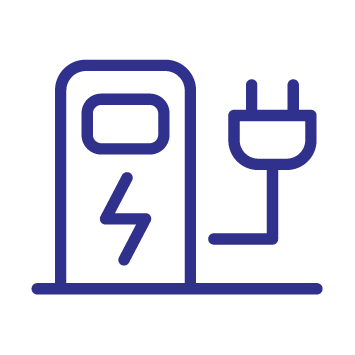
System size
1 MW

Loan type
Project Finance

Loan amount
$1.94 million

Project energized
2022
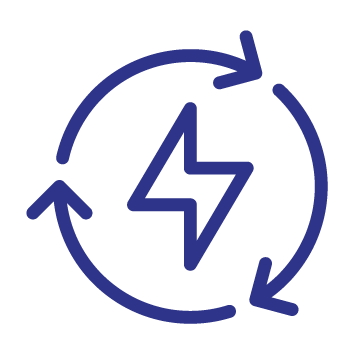
Projected lifetime
energy production
85,659,320 kWh
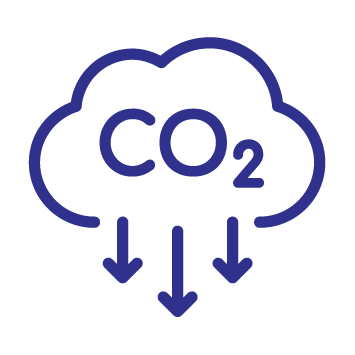
Projected lifetime
GHG reduction
66,916 tons

EPC & O&M provider
Wasserkraft

Project partners
The Town of Canton
Connecticut
Green Bank
Provident Bank
Developer
Canton Hydro, LLC
Virtual Net Metering
State of Connecticut, Department of Energy
& Environmental
Protection

Why Canton Hydro?
Small-scale run-of-river hydroelectric projects such as Canton Hydro have been challenged in recent decades by a range of obstacles that have prevented their funding and progress. A lack of suitable sites, experienced developers, technical expertise, and flexible sources of capital, combined with perceived liability and production risks, have created prohibitively challenging barriers.
Consequently, few lenders are willing to work on such complex, small-scale projects, and established financing has been slow to manifest.
In the Northeast, long-abandoned manufacturing facilities that historically relied on hydropower are strong candidates to repurpose into modern clean energy generation projects. Recently, the federal government has recognized such resources as candidates for future green investment through the Hydroelectric Incentive Program, which was expanded under the Bipartisan Infrastructure Law. This change is opening the door for dedicated investment partners like IPC—who focus on longterm capital—to make these small-scale green energy projects possible.1
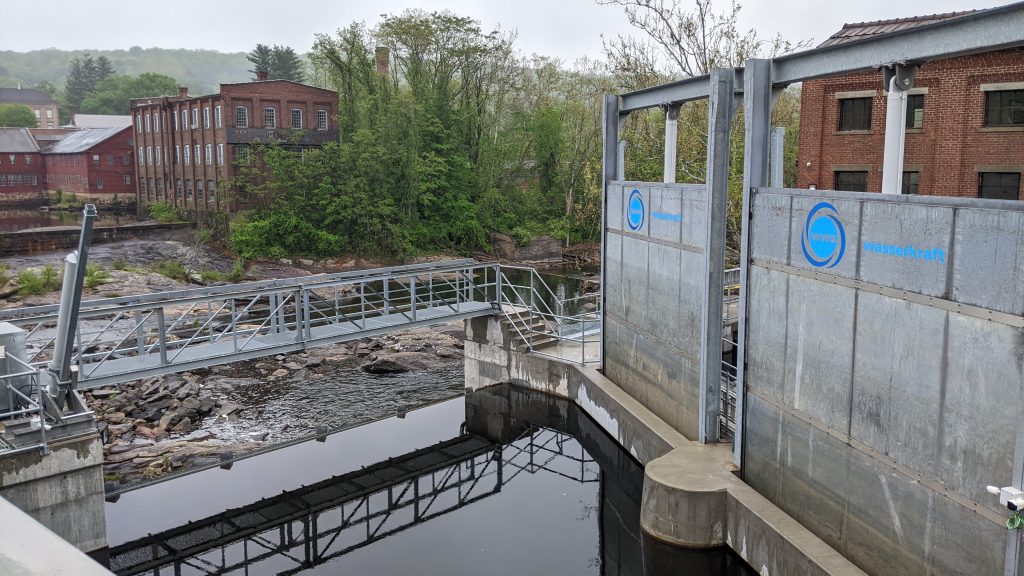
Partners in the Canton Hydro Project
Inclusive Prosperity Capital partnered with Provident Bank as senior lender to provide permanent financing for this project. The Connecticut Green Bank also provided construction and permanent financing and a credit enhancement to entice the senior lenders into the deal.
Canton Hydro LLC was the developer for this project, chosen by the Town of Canton through a competitive bid process. Its principal partners, Claus Maier and Armin Moehrle, have more than 20 years of engineering and project development experience and previously co-developed two hydroelectric projects in Vermont. The primary contracting partner was Concrete Contracting Construction Incorporated.
A Historic Location: the Collins Company
Canton Hydro’s new dam sits on the historic site of the Collins Company, which was once the largest axe manufacturer in the world. The company’s original dam, constructed in 1867, powered their. manufacturing facility, which was shuttered in 1966. The new dam repurposes elements of the original dam, including locating the project’s new turbine and generator in the original 1935 brick powerhouse.
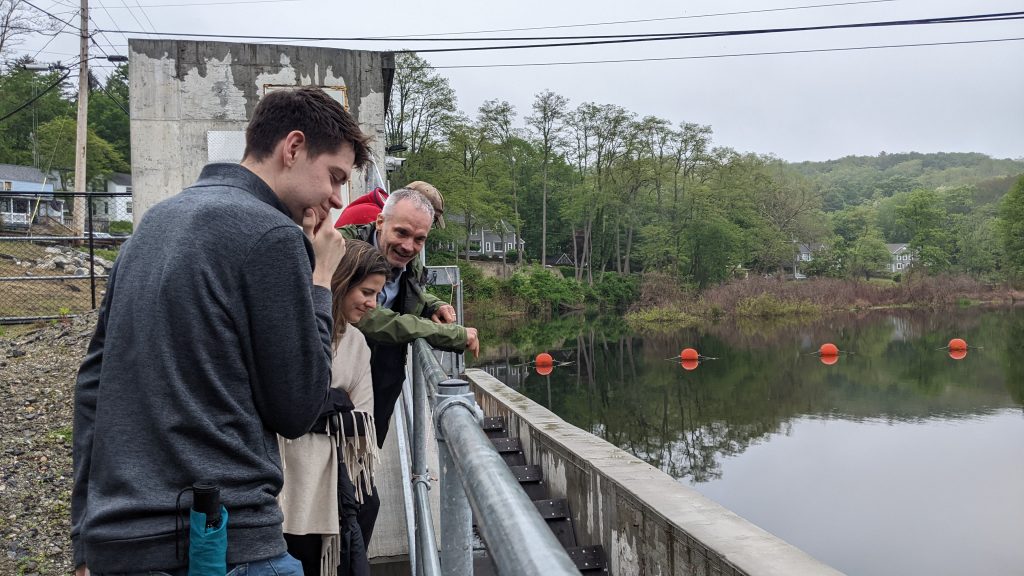
Free Movement of Fish & Aquatic Species
Run-of-river hydroelectric dams have far fewer ecological impacts than traditional hydroelectric projects do, which rely on flooding enormous tracts of land to store vast quantities of water in reservoirs. With the new Canton dam, the flow of water is not stopped or mitigated, and fish and other water wildlife are now allowed free migration from one side of the dam to the other. The fish of the Farmington River now have access to the other side of the old Canton dam site for the first time in almost 200 years.
To support water wildlife migration in the river, the new dam includes upstream and downstream Denil fishway passages and specific facilities for eel passage. A new low-level fish guidance barrier prevents fish from swimming toward the primary spillway and instead guides them directly to the entrance of the upstream fish passage. A viewing window allows fish to be counted as they migrate past.
3.2 Metric Tons of CO2 Offset Annually
The new one-megawatt Canton Hydro plant will generate enough clean energy to power about 500 homes and the energy produced is expected to offset 3.2 metric tons of CO2 annually. To do this, the dam uses a double-regulated Kaplan turbine and generator, which began producing electricity in December 2021.
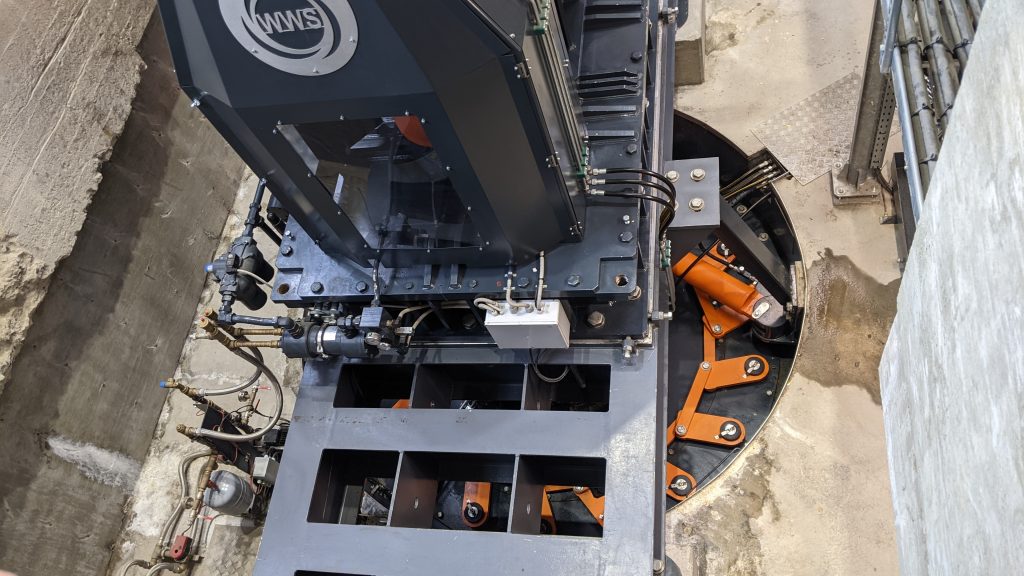
Improvements for Water Quality & Recreation
Heat pumps use electricity, not combustion of fossil fuels, to comfortably and efficiently heat and cool a space. They offer precise temperature control and filter the air they deliver to create healthy living environments in all climates.
IPC is Committed to Filling Gaps in Green Funding
IPC is dedicated to advancing small-scale green energy infrastructure projects like this run-of-river dam to bring clean energy and its benefits to communities. Without dedicated partners like IPC, underserved and hard-to-underwrite projects like this one would otherwise face almost insurmountable funding and development challenges.
